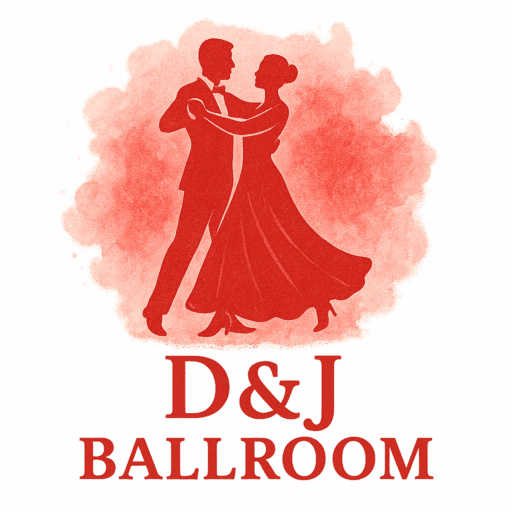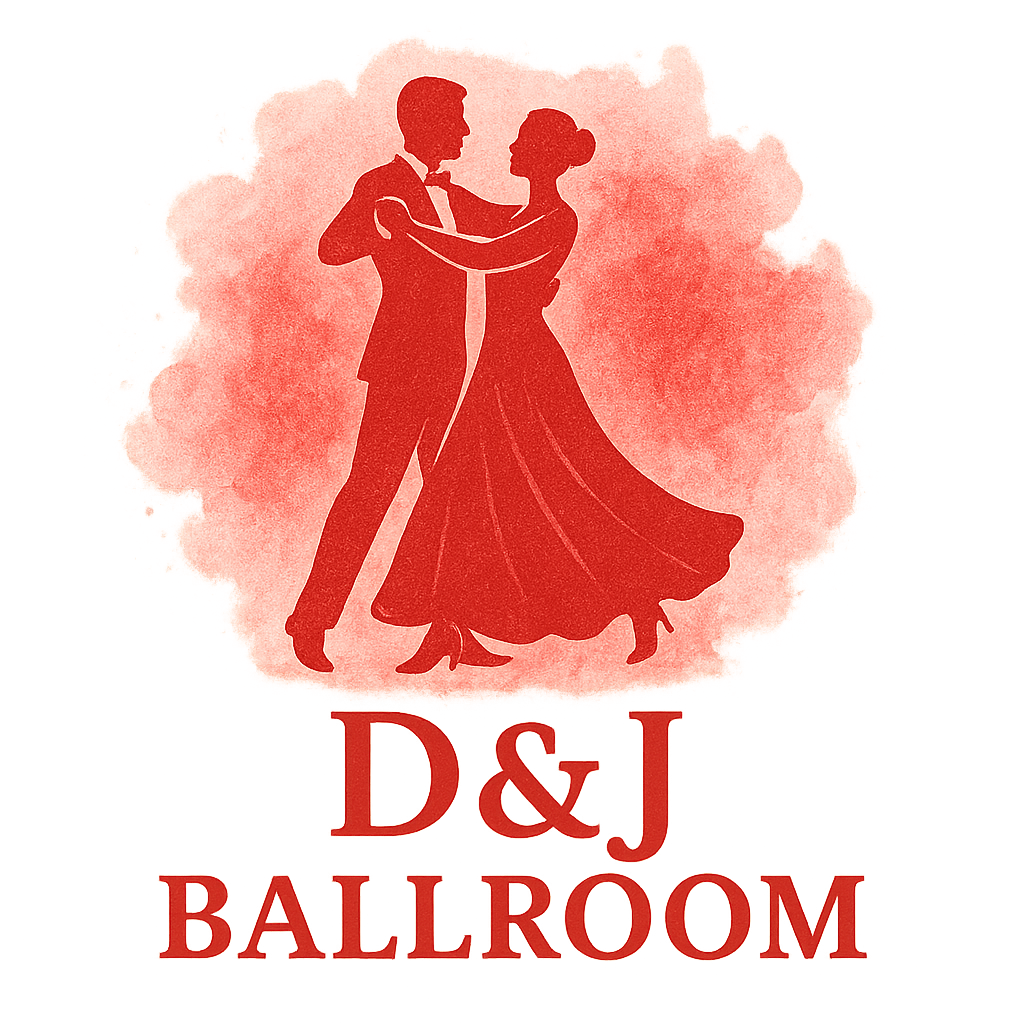Introduction: Why Weekend Drills Matter in Ballroom Dancing
If you love ballroom dancing but only practice during class, you’re missing out on some serious growth. Think about it: athletes don’t just show up on game day—they train consistently. Ballroom is no different. Weekend ballroom technique drills are the perfect way to sharpen your skills, boost confidence, and make those weekday lessons really stick.
The great thing? You don’t need a fancy studio. A living room, a mirror, and a little motivation are more than enough. In this guide, I’ll walk you through 9 weekend ballroom drills designed to polish posture, footwork, rhythm, and connection—everything that makes you look like a pro on the dance floor.
Drill #1: Frame and Posture Alignment
Understanding the Ballroom Frame
Your frame is the skeleton of your dance. Without it, the whole thing collapses. A solid frame means your partner feels secure, your lines look clean, and judges (or even just your friends at social ballroom events) instantly notice your presence.
Simple Weekend Posture Exercise
Stand with your back against the wall, heels a few inches away. Pull your shoulders gently back, lift your ribcage, and imagine a string pulling your head upward. Practice holding your arms in ballroom dance position for 2–3 minutes at a time. Sounds simple? Wait until your arms start burning. That burn means strength is building.
Drill #2: Core Strength and Balance
Why Core Matters in Ballroom
Ever feel wobbly during a spin or like you’re tipping forward in a dip? That’s your core crying out for attention. A strong core keeps you stable, controlled, and elegant—something every dancer needs, whether they’re practicing waltz or cha-cha.

Balance Challenge Routine
Try standing on one leg while slowly moving your free foot through basic ballroom dance positions. Do it near a wall for safety. This drill doesn’t just test balance; it teaches your muscles how to react to shifts, which is gold for smooth and Latin dances.
Drill #3: Footwork Precision
Slow-Motion Step Practice
Ballroom dancing is often won or lost in the feet. Practice walking steps in super slow motion, rolling through your foot from heel to toe (or toe to heel in Latin). For style references, explore the differences in ballroom dance styles and adjust your technique accordingly.
Weight Transfer Awareness
Stand in place and practice shifting weight from one foot to the other without bouncing. Feel the floor, feel the pressure points, and notice how your body responds. These small details are what make footwork crisp and confident.
Drill #4: Musicality and Rhythm Training
Clapping and Stepping to the Beat
You can’t be a ballroom dancer if you’re off-beat. Spend a few minutes clapping along to your favorite tango, cha-cha, or waltz. Then, step basic patterns to that same rhythm. Your ears and feet will slowly sync up.
Weekend Playlist Exercise
Build a weekend ballroom playlist. Mix tempos: a slow foxtrot, a fiery samba, a romantic rumba. Switch between them while practicing basics. The variety forces your body to adapt to different rhythms, making you more versatile across different dance styles.
Drill #5: Connection with Partner
Resistance Band Drill
Even if your partner isn’t around, grab a resistance band. Anchor it to something and hold it like you’re in frame. As you step, feel the gentle pull of the band. This simulates the tension of a partner and helps you refine your lead or follow skills—essential in both practice and ballroom competitions.
Mirror Practice for Awareness
If you do have a partner handy, try practicing in front of a mirror. Focus on your connection—are your shoulders aligned? Are your hands communicating without words? Mirrors don’t lie.
Drill #6: Rotation and Hip Action
Ballroom-Specific Rotational Exercises
Stand with feet hip-width apart and twist your torso side to side, keeping hips stable. Then reverse: move hips while keeping upper body calm. This separation is key in dances like rumba, cha-cha, and even tango.
Practicing Cuban Motion
For Latin dancers, Cuban motion is non-negotiable. Practice bending and straightening your knees while shifting weight. Add hip rotation once you’re comfortable. It feels awkward at first, but once it clicks, your Latin dances will explode with style.
Drill #7: Arm Styling and Expression
Mirror Arm Flow Drill
Arms can make or break your look. Stand in front of a mirror and slowly move your arms through different styling shapes. Think about energy flowing through your fingertips, not just dangling hands. This is especially important for ballroom fashion and presentation.
Weekend Expressive Practice
Pick one dance, like rumba or waltz, and focus just on your arm styling for 10 minutes. Exaggerate it. Feel silly? Good. Expressiveness often comes from stepping a little outside your comfort zone.
Drill #8: Floorcraft and Spatial Awareness
Mapping the Floor at Home
Clear some space in your living room. Pretend it’s a competition floor. Walk through routines as if you’re navigating around other dancers. This helps you avoid collisions and teaches adaptability, which is vital at ballroom dance events.
Shadow Dancing for Space Awareness
Try practicing routines without a partner, imagining someone in front of you. It’s like shadowboxing, but for dancers. This sharpens awareness of space and keeps your choreography flexible.
Drill #9: Stamina and Endurance
Interval Practice Routines
Ballroom competitions demand stamina. Try dancing basics non-stop for 2 minutes, rest for 30 seconds, and repeat 4 times. It’ll feel like a workout—and it should.
Weekend Mini-Competition Simulation
Put on your favorite dance playlist and perform a mock round: waltz, tango, foxtrot, quickstep. No breaks. By the end, you’ll understand why endurance is just as important as elegance, especially when competing in real ballroom competitions.
Tips for Getting the Most Out of Weekend Ballroom Drills
- Keep sessions short but focused—15 to 30 minutes per drill.
- Record yourself to catch habits you might miss.
- Mix drills with stretching to avoid stiffness.
- Track progress with a dance training journal.
Common Mistakes to Avoid While Practicing Alone
- Practicing too fast—speed kills technique.
- Ignoring posture—slouching becomes a bad habit.
- Forgetting the fun—drills should energize, not drain you.
How Weekend Drills Prepare You for Ballroom Competitions
Competitions aren’t won on the day—they’re won in the quiet weekends before. Drills make your movements automatic, so when nerves hit, muscle memory takes over. Plus, stamina drills ensure you don’t fade halfway through your quickstep. Want more prep tips? Check out ballroom competition guides for deeper strategies.
Conclusion
Ballroom isn’t just about pretty costumes and dramatic spins—it’s about discipline, technique, and consistent practice. By dedicating just a bit of your weekend to these nine ballroom technique drills, you’ll transform your dancing step by step. Whether your goal is social confidence, competition success, or simply moving with more grace, these drills are your ticket to dancing like you mean it.
FAQs
Q1: How long should I practice each ballroom drill on weekends?
About 15–20 minutes per drill is enough. The goal is quality, not endless repetition.
Q2: Do I need a partner for these ballroom technique drills?
Not at all. Most drills can be done solo, though partner practice is a bonus.
Q3: Can beginners try these drills, or are they advanced?
They’re beginner-friendly but scalable. Add intensity as you improve.
Q4: How often should I record myself while practicing?
Weekly is a good rhythm—it helps you see progress without obsessing.
Q5: What if I don’t have space at home for ballroom practice?
Even a small space works. Focus on technique over big movements.
Q6: How can I stay motivated to practice on weekends?
Set mini-goals—like smoother footwork or sharper posture—and reward yourself when you hit them.
Q7: Do these drills help with all ballroom dance styles?
Yes. From waltz to tango, these fundamentals improve every style.


